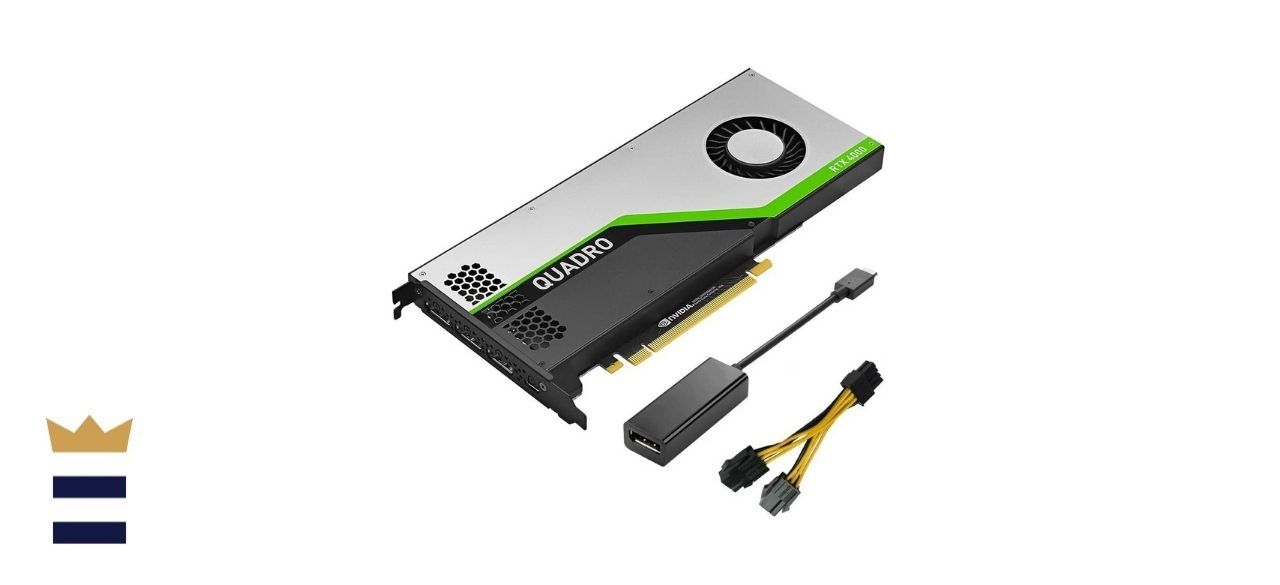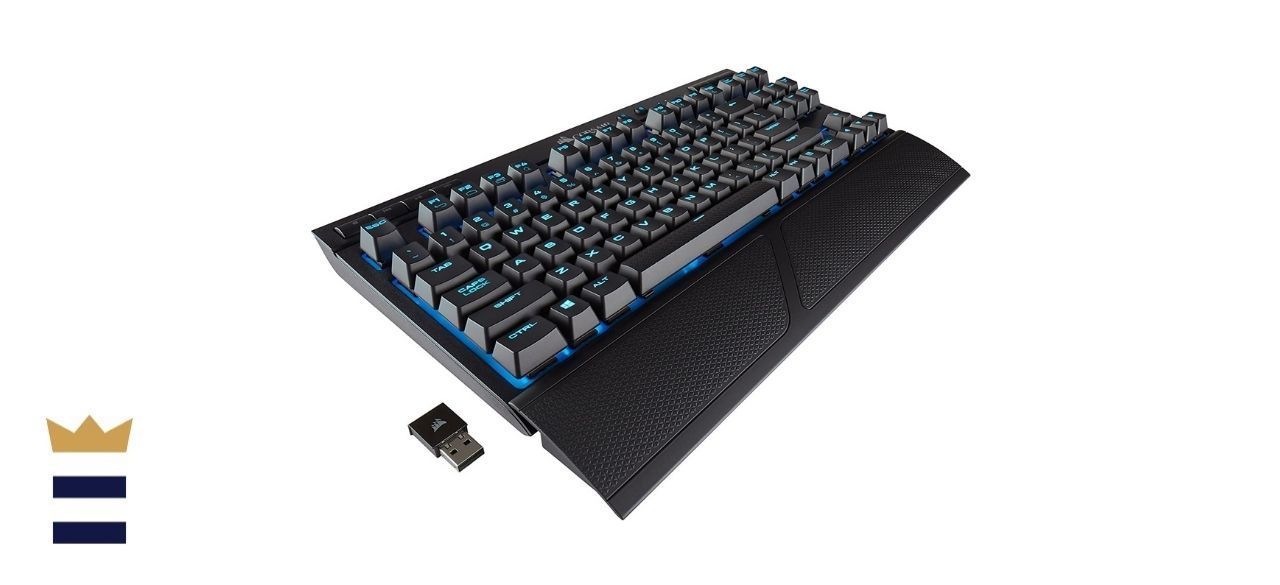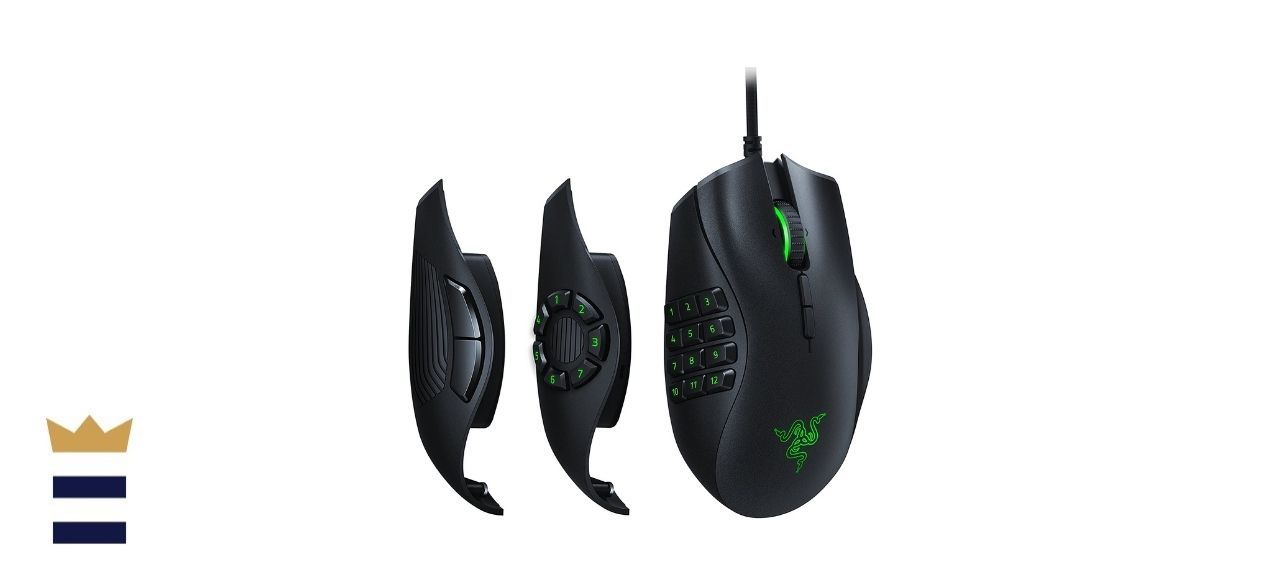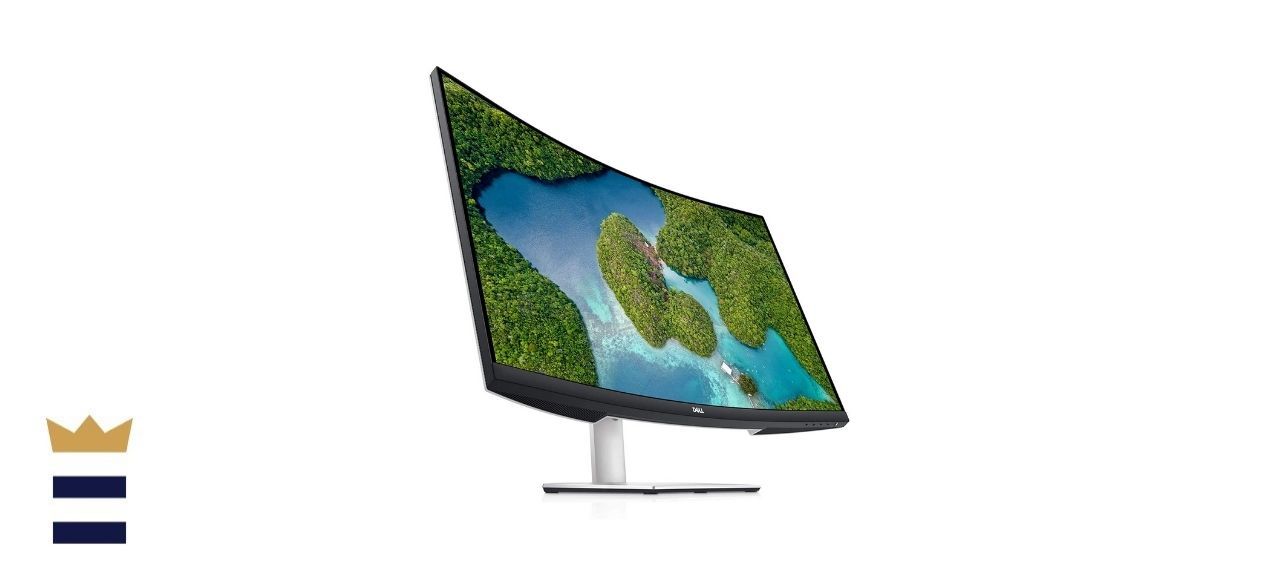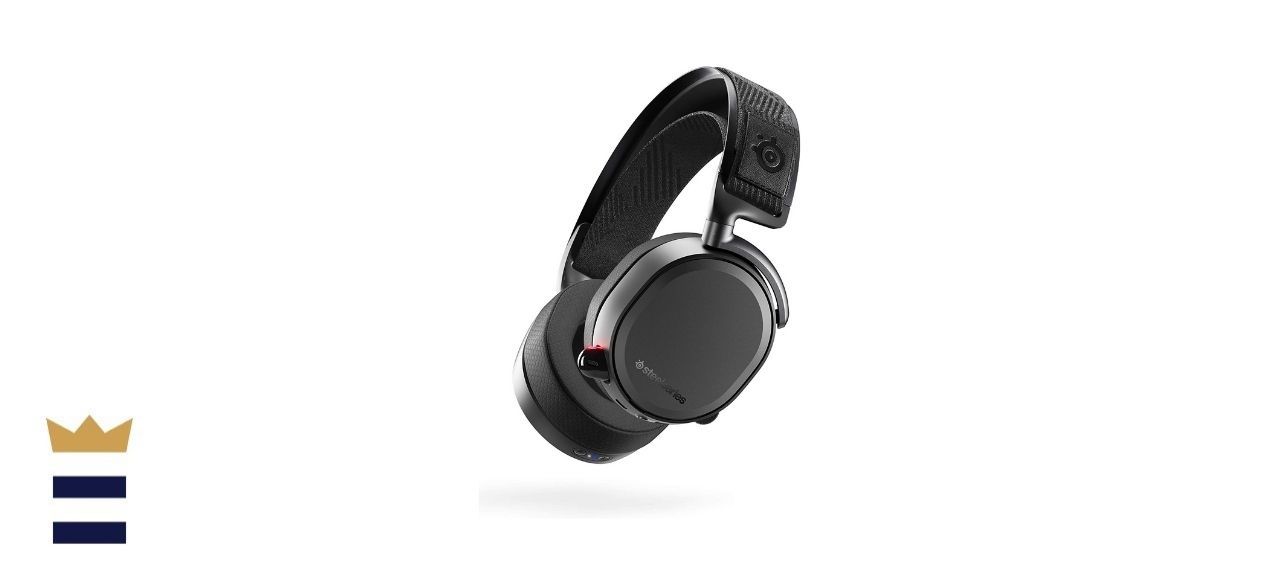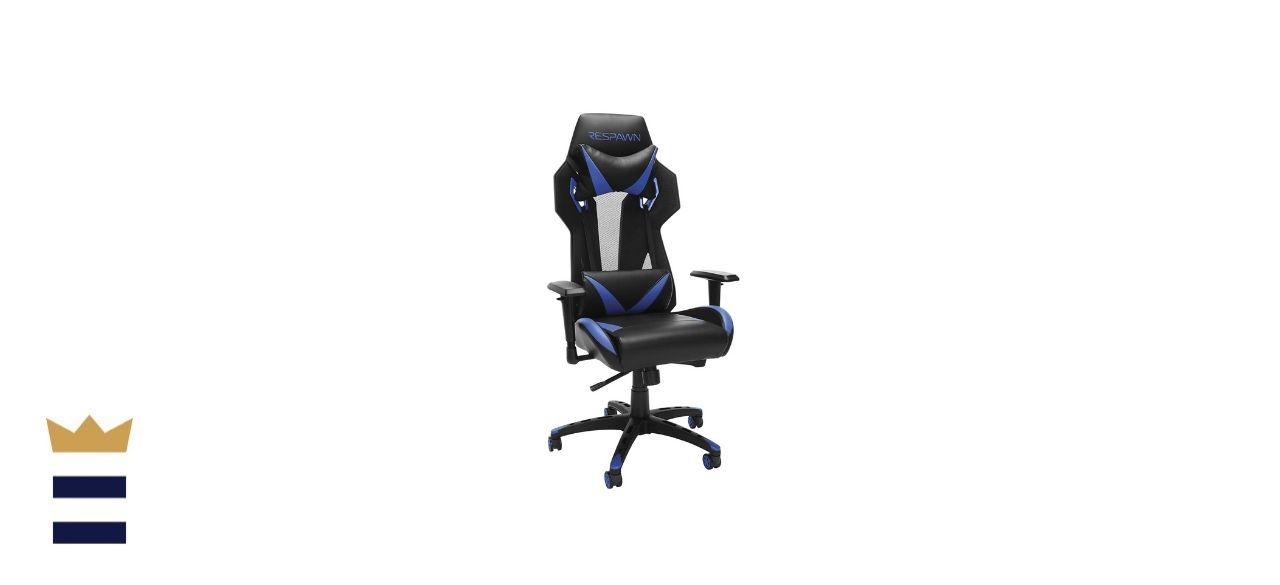How Windows went from a humble graphical interface to being used by billions
When Bill Gates, Paul Allen and Microsoft set out to make the Windows operating system, they could have had no idea of how popular it would become.
Shortly after its launch in 1985, it exploded in use to command over 90% of the personal computer market. And 35 years later, more than 1.3 billion devices around the world run on Windows 10.
Personal and gaming computers have gone through an extraordinary journey, moving from the top-opening beige boxes to color-filled, water-cooled monsters at a breakneck pace.
The beginning of Windows
Developed as a graphical interface
Programming started in 1981 on the earliest version of Windows, called “Interface Manager.” It was intended to be a graphical interface for the MS-DOS operating system, rather than a complete, stand-alone operating system. It was announced in 1983 and released in 1985.
Making changes to new versions
Windows 1.0 was only mildly successful, but with Windows 2.0, released in December 1987, consumers and businesses started to take notice. This second version of the operating system could use more memory, perform more complex calculations and have sophisticated keyboard shortcuts.
A break into wider adoption
Third time’s the charm
While the second version of Windows was more successful than the first, it was really Windows 3.0 that garnered a high level of attention. Released in 1990, it sold more than 2 million copies in the first six months. It improved on the design, the memory usage and introduced multiple languages.
Laying the foundation for what we know today
The last version of Windows based on MS-DOS, Windows 95, was released in 1995. This had the early signs of what Windows would eventually become, with increased stability, support for native 32-bit applications, and a plug-and-play feature. It also included a redesign of the user interface, where users were first introduced to the Start menu button and taskbar.
The new millennium
Starting off with a bang
After all of the computer world’s Y2K issues were resolved by 2000, Microsoft released Windows XP in 2001. Widely regarded as one of the most successful versions of the operating system, it was the first one to move away from MS-DOS. It once again featured a redesigned user interface, robust multimedia and networking features, and support for a larger selection of video games and programs.
It was around this time that Windows-based PCs really started to take off. Moving away from the traditional cream-colored cases and keyboards, manufacturers experimented with different designs, colors and inside lighting. And although it was still somewhat of an oddity, more consumers were buying PC components separately, and building their dream machine themselves.
‘Computer modding’ becomes a hobby
The release of Windows XP was an entry point into computers for many, as the technology and ownership of a personal computer became more affordable. Internet speeds around the world also drastically improved, leading to multiplayer games and content sharing.
As users started to take pride and joy in computers and video games, their desire for something different grew quickly. In the mid-2000s “computer modding” became a serious hobby, with many designing their own intricate cases and building computers from scratch.
Windows PCs we know today
The future is taking shape
With technology ever-changing, the next version of Windows changed, too. Released in 2012, Windows 8 brought with it one of the biggest graphical changes since 1983. Integrating the new Metro design into mobile phones and tablets, Microsoft wanted to compete directly with Android and Apple’s iOS as well. The overall design had a tiled look, but under the hood it served as a platform for app development. It added support for cloud computing and near-field communication, and had built-in antivirus software.
Integration plays a huge role
Microsoft never really explained why the somewhat disastrous Windows 8 was followed up not by Windows 9, but rather by Windows 10. Some suggested that Microsoft wanted to put psychological distance between the latest version and one of the least popular.
Released only two years after Windows 8.1, Windows 10 was made available as a free upgrade in 2015. With design and technical specifications focused more on desktop computers, Windows 10 integrated the Cortana assistant and Xbox Live, and replaced Internet Explorer with Microsoft Edge.
It took only five years for the system to be used on more than a billion computers — two years longer than Microsoft had estimated.
What you need to buy for a Windows PC
PNY Quadro RTX 4000 Graphic Card
To play the latest and most demanding video games, you’re going to need a powerful graphics card. You’d be hard-pressed to find a card more fully-featured than the RTX 4000, as it’s the world’s most powerful Ray Tracing graphics processing unit, or GPU. It has 8 gigabytes of random access memory, variable-rate shading, and features a new streaming multiprocessor architecture.
Where to buy: Sold by Amazon
Corsair K63 Wireless Special Edition Mechanical Keyboard
To input commands and text, you’ll need a good keyboard like the Corsair K63. Gaming keyboards are excellent for typing as well, so you’ll get more back for your buck. This mechanical keyboard comes with Cherry MX red switches and features an ice-blue RGB lighting color.
Where to buy: Sold by Amazon
Razer Naga Trinity Gaming Mouse
The next step in completing your PC setup is to get a computer mouse. The Naga Trinity from Razer is an amazing device, as it comes with three interchangeable button configurations. It has an incredibly fast response time with a 16,000-dots-per-inch optical sensor and makes use of Razer’s Chroma RGB lighting system.
Where to buy: Sold by Amazon
A monitor is just as important as the internal components. If you’ve opted for a high-end graphics card, then you’ll need an ultra-high-definition 4K monitor to fully utilize the capabilities. This 27-inch display from Dell features 4K UHD resolution with 3,840 x 2,160 pixels. It has DisplayPort and HDMI connections, and supports high dynamic range, or HDR, content.
Where to buy: Sold by Amazon
SteelSeries Arctis Pro Wireless Gaming Headset
Great sound should be the next thing on your PC shopping list, and the Arctis is at the top of the range. This wireless headset from SteelSeries can connect through 2.4 gigahertz or Bluetooth to deliver lossless audio and has an impressive frequency range. It comes with two rechargeable batteries, an adjustable headband, and a ClearCast microphone tucked into the ear cup.
Where to buy: Sold by Amazon
Respawn 205 Racing Style Gaming Chair
Whether you are at the office or gaming in the study, a great chair can make a huge difference in comfort. That is why you need to get a chair like the Respawn 205. The racing-style seat is assembled on a steel frame, making sure that it doesn’t detach. It can be adjusted in four directions, and comes with a lumbar and head cushion. The seat’s open back ensures that airflow is sufficient to prevent moisture buildup, and can also be reclined 90 to 130 degrees with a three-position tilt lock.
Where to buy: Sold by Amazon
Sign up here to receive the BestReviews weekly newsletter for useful advice on new products and noteworthy deals.
Charlie Fripp writes for BestReviews. BestReviews has helped millions of consumers simplify their purchasing decisions, saving them time and money.
Copyright 2021 BestReviews, a Nexstar company. All rights reserved.


